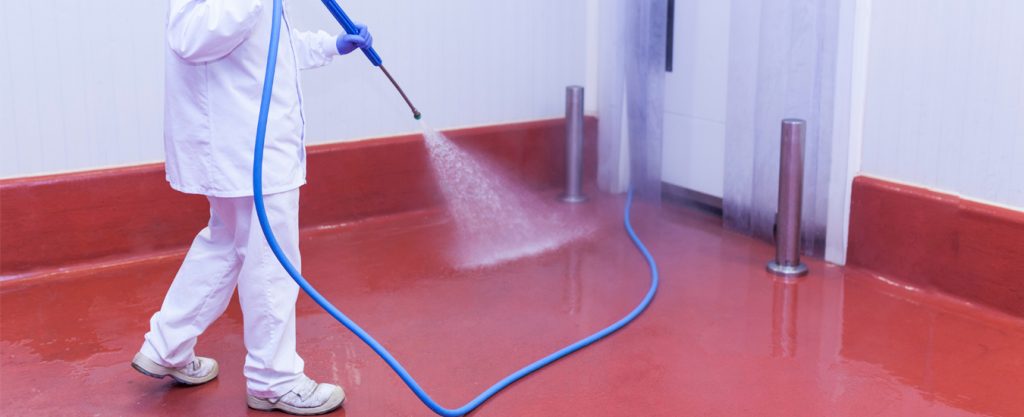Finding the Right Slip Resistance for You

Slip resistance is measured as the coefficient of friction of a surface. It is a measure that allows for an objective review of the safety of a floor and the likelihood of slip-related injury to pedestrians.
Slip resistance of a floor is affected by countless factors including the density of the material, the finish of the material (polished, densifier, natural, machined), the presence of sealers or coatings, and environmental factors such as weather conditions, or the presence of spills or contaminants such as liquids, oils, growth of mould or the build-up of dirt and grime.
Many surfaces can be custom treated with penetrative or topical processes which increase the slip resistance of the surface making it safer for the people walking on it. Slip Resistance does not come with a one-size-fits-all solution and it can be confusing at the best of times. Every building will have different standards of slip resistance required to meet safety standards.
If you have a specific Australian standard you need to have in order to meet safety requirements, let us know, otherwise just be sure to specify if slip resistance is required and we will factor in all slip potentials and install slip-resistance accordingly.
Slip Resistance can still be mop-able and stylish
If you’re interested in a designer floor, but safety is still number one slip resistance can be more subtly, using a ripple-effect in the resin so there is no ‘granule’ that can be seen.
Check out this Honed Concrete in the children’s hall at Warnbro Community Church; stylish and safe.
If you require slip resistance, you may also need to consider safety demarcation and levels of foot and vehicle traffic.






